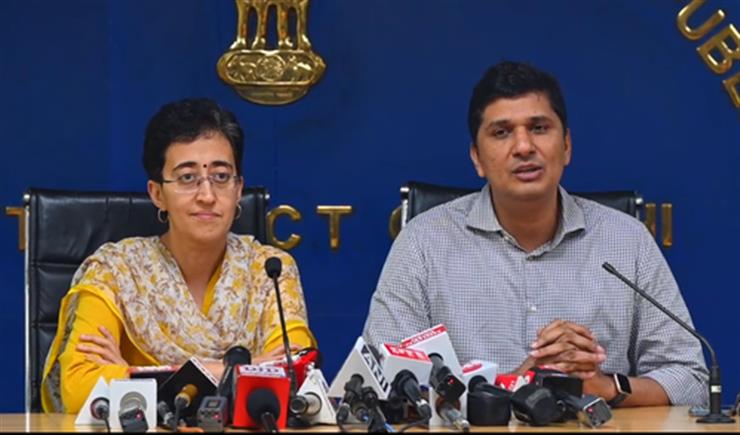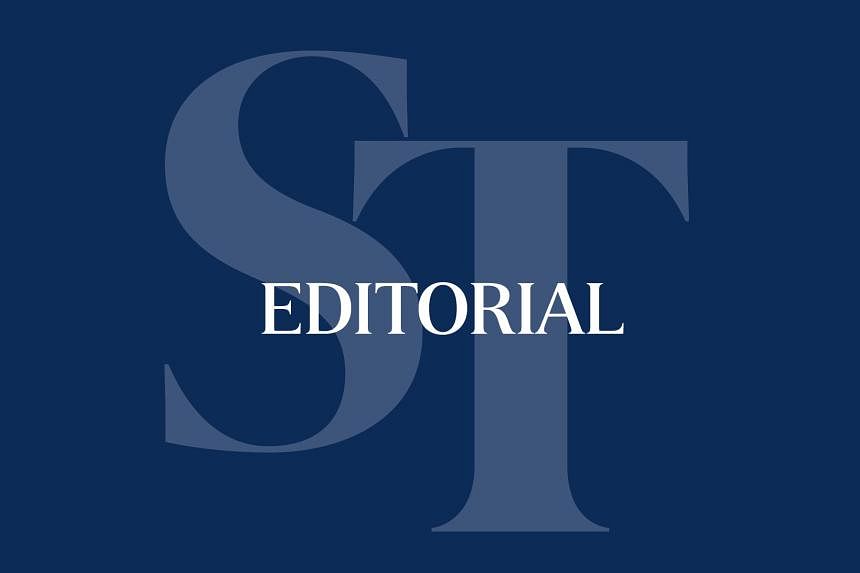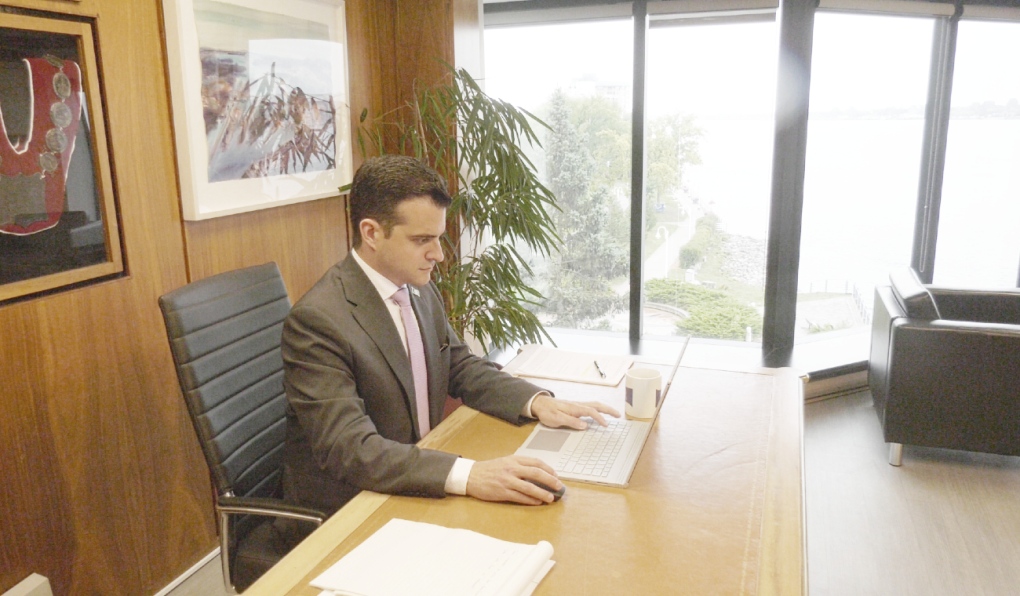The proportion of Australian mortgage holders sinking at least a third of their reported income into monthly repayments has grown sharply.
Borrowers are generally holding up well in the face of high interest rates and cost of living pressures, as outlined by the Reserve Bank in the October financial stability update. But there were cracks starting to appear, with a growing number of households in the early phases of financial stress.
Mortgage holders were found to be siphoning off larger amounts of household income, according to the report.
The share of variable-rate owner-occupier borrowers devoting at least one-third of their reported income to their mortgage payments had jumped from about 4% in April 2022 to about 20% in July 2023.
The majority of borrowers – with the exception of those still on ultra-low fixed-rate loans – have seen their monthly payments swell between 30% and 50% since April 2022.
Despite clear pressures on family budgets, very few borrowers have fallen behind on their monthly repayments or sought to modify their loans to temporarily ease pressure.
The RBA chalked this up to the strong jobs market, with most people employed and generally finding it easy to pick up extra work, as well as substantial savings buffers to draw down on.
Strained households had also been cutting back on nice-to-haves and focusing on value when it came to shopping for essentials.
The central bank said Australian households and businesses remained well-placed to weather a challenging set of economic conditions.
“Incidences of severe financial stress are expected to increase but remain limited to a small share of housing borrowers,” the report said.
Renters were also found to be much more likely to be experiencing stress than other housing groups.
On the global stage, the risks to financial stability remained elevated.
The possibility of a widespread slowdown in the Chinese economy was flagged as a possible risk to financial stability, as well as concerns stemming from inflation and interest rates remaining high for longer.
“Inflation and interest rates remaining high for an extended period could lead to a significant deterioration in credit quality that could lead to lenders cutting back on the provision of credit,” the report warned.
“There could also be declines in asset prices that are sufficiently disorderly to disrupt financial system functioning.”
A sharp increase in unemployment and a slowdown in advanced economies was also highlighted by the central bank.
after newsletter promotion
The treasurer, Jim Chalmers, said Australia’s resilient labour market and well-regulated financial system would insulate the nation from challenging global economic conditions.
Meanwhile, borrowers have been spared further mortgage pain but one more interest rate increase or a longer stretch on hold may be needed to wrangle inflation under control, according to meeting minutes released by the RBA on Friday.
The official cash rate has been held steady for the fourth month in a row but the Reserve Bank’s new chief is alert to bubbling inflation risks.
The RBA board opted to leave interest rates at 4.1% at the first meeting with its new governor, Michele Bullock, at the helm.
In a statement after the meeting on Tuesday, Bullock kept the door open to more increases if needed, as widely anticipated.
“Some further tightening of monetary policy may be required to ensure that inflation returns to target in a reasonable timeframe, but that will continue to depend upon the data and the evolving assessment of risks,” she said.
In the post-meeting statement, Bullock noted the evolving inflation profile.
“Timely indicators on inflation suggest that goods price inflation has eased further, but the prices of many services are continuing to rise briskly and fuel prices have risen noticeably of late.”
The quarterly inflation numbers are due later in the month and will offer a more comprehensive update on price movements.
EY senior economist Paula Gadsby said there was no immediate need for the RBA to raise interest rates but if inflation looked to be taking longer than expected to return to the 2% to 3% target range, another hike was possible.
“Given higher oil prices and the possibility that the decline in inflation may slow down, interest rates, globally, may have to stay elevated for longer than previously anticipated,” Gadsby said.









































